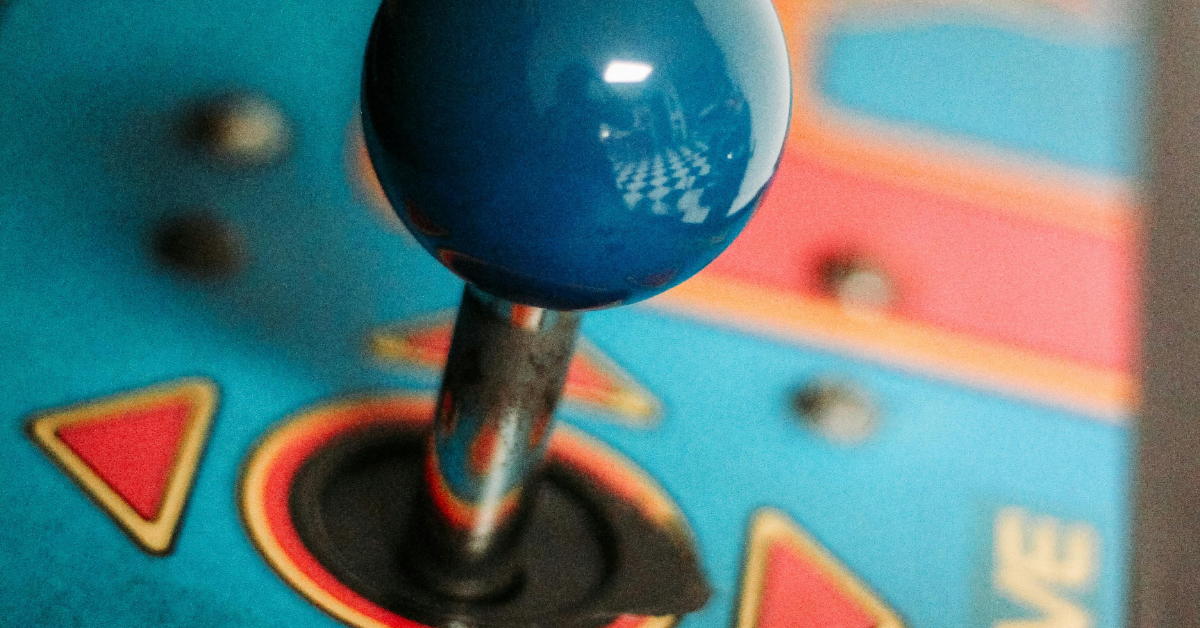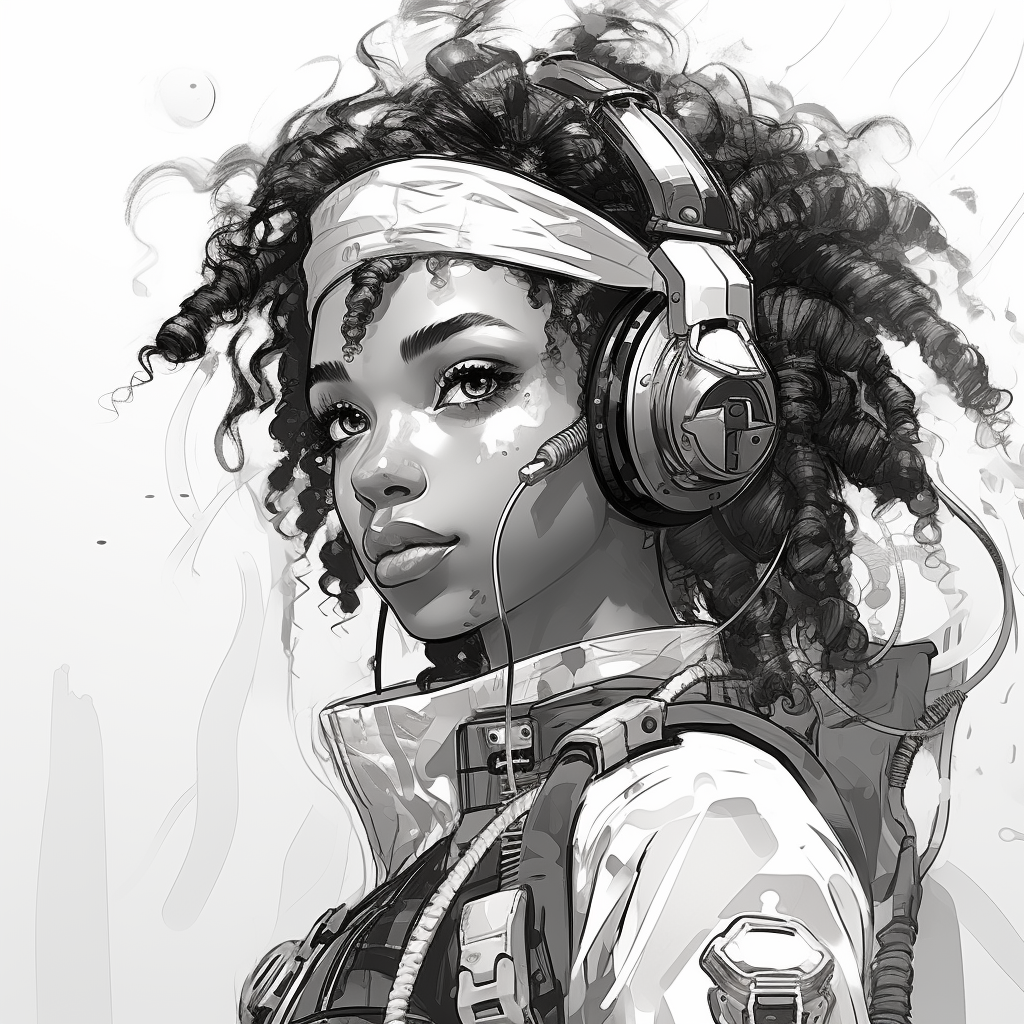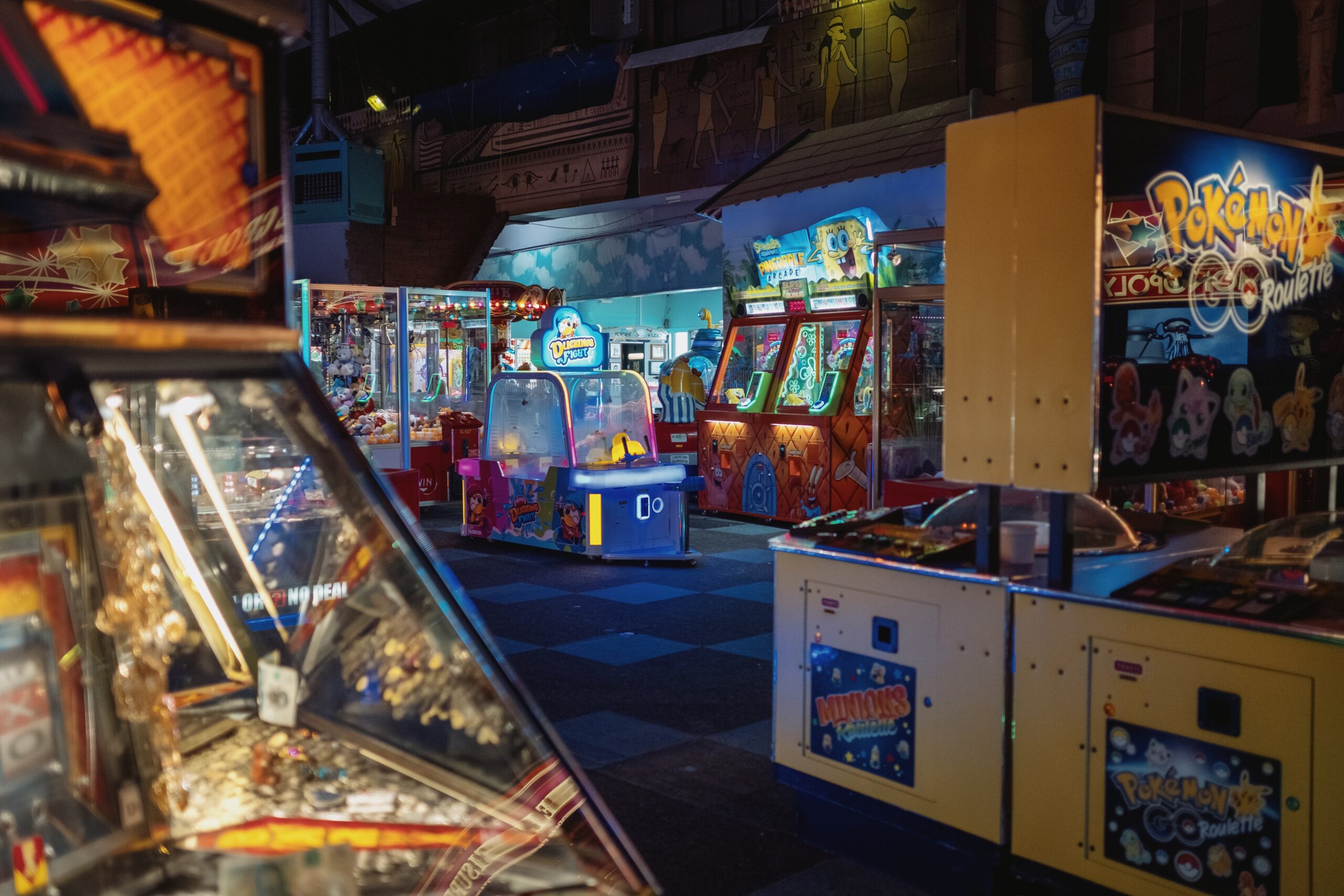We recently hosted an expert webinar with Nick Rodriguez, our Dean of Creative Technology, on the topic of the art of level design. The webinar covered everything from the early stages to key considerations and practical techniques for aspiring game designers.
Creating compelling levels in video games is a nuanced art that goes beyond simply creating obstacles and rewards. It involves understanding player emotions, narrative needs, and technical constraints to craft an engaging and memorable experience.
Read the rest of the series:
Generating Ideas in Video Game Design
The Art of World-Building in Game Design
Essential Games for Aspiring Video Game Students
What I Wish I Knew Before Becoming a Games Designer
Understanding Level Design
Level design encompasses various aspects, from linear levels to open worlds, puzzle levels, and combat encounters. The goal is to create a cohesive and immersive environment that aligns with the game’s overall vision. To achieve this, designers must consider the following:
Game Pillars
These are core principles or iconic phrases that define the game’s essence. Nick mentioned that in Rocksteady’s Batman games, one of the pillars is ‘Be the Batman’, which dictates that players must experience the physical and detective aspects of Batman’s character.
Mechanics
According to Nick, the game’s mechanics, such as movement abilities and combat systems, set the foundation for level design. Designers must ensure levels complement and enhance these mechanics.
Design and Technical Debt
Nick emphasised that decisions made during the design process incur a debt, limiting future possibilities. Understanding these constraints helps in making informed choices that maintain the game’s integrity.
Narrative Needs
He then pointed out that the story often dictates certain design elements; levels must support the narrative by providing appropriate settings and context.
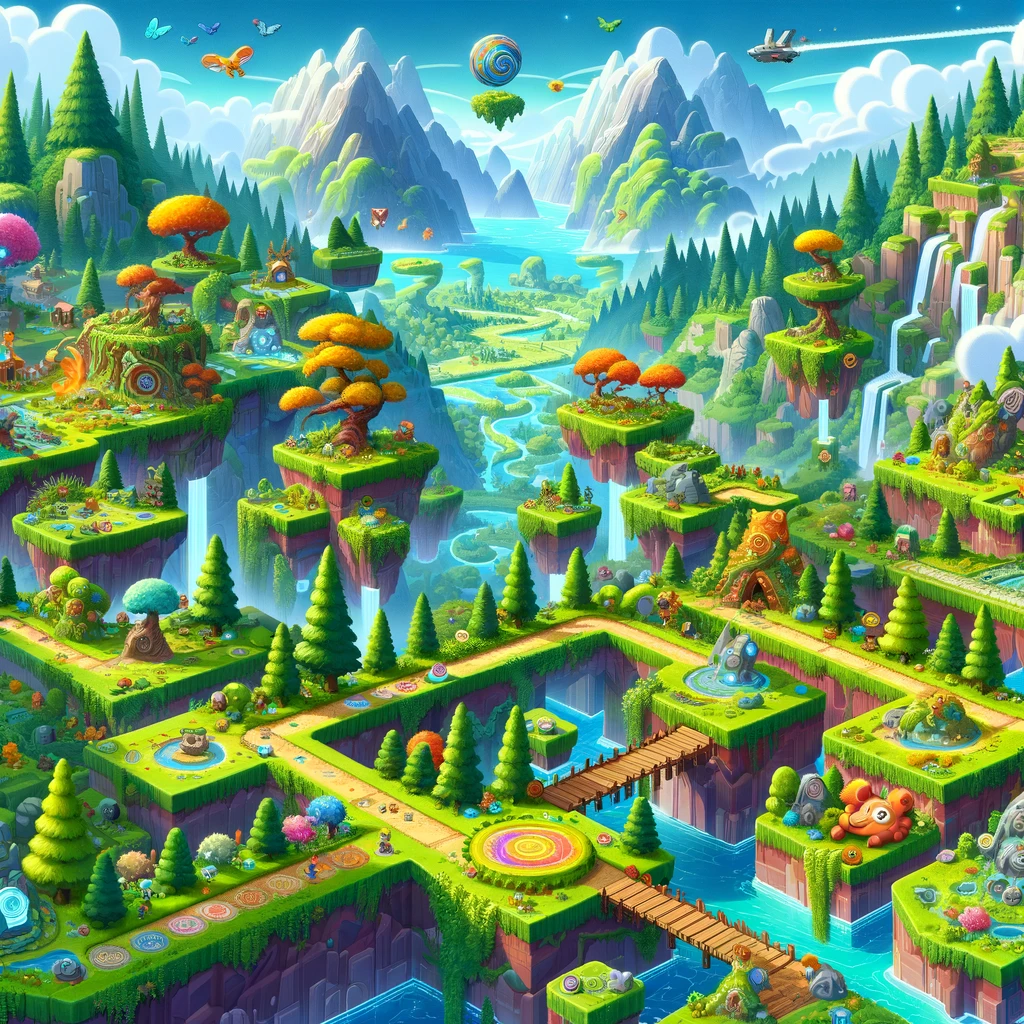
Ideation and Prototyping
Before diving into digital design, substantial preliminary work should be done on paper or through physical prototypes. This stage is crucial for minimising costly mistakes in the later stages of development. Here are some effective techniques Nick discussed on this theme…
- Commonplace Books
Nick suggested collecting thoughts, observations, and inspirations in a personal repository. This helps in retaining and processing information for future reference.
- Proximity Design
Borrowing from architecture, Nick explained that designers list the necessary spaces and consider their relationships. For example, an entrance hall might connect strongly to a ballroom, which then links to a dining room and library.
- Emotional Mapping
Nick recommended identifying the emotions you want players to feel in each space. For instance, an entrance hall might feel unsettling, while a ballroom offers relief. Mapping these emotions helps in creating a coherent and impactful experience.
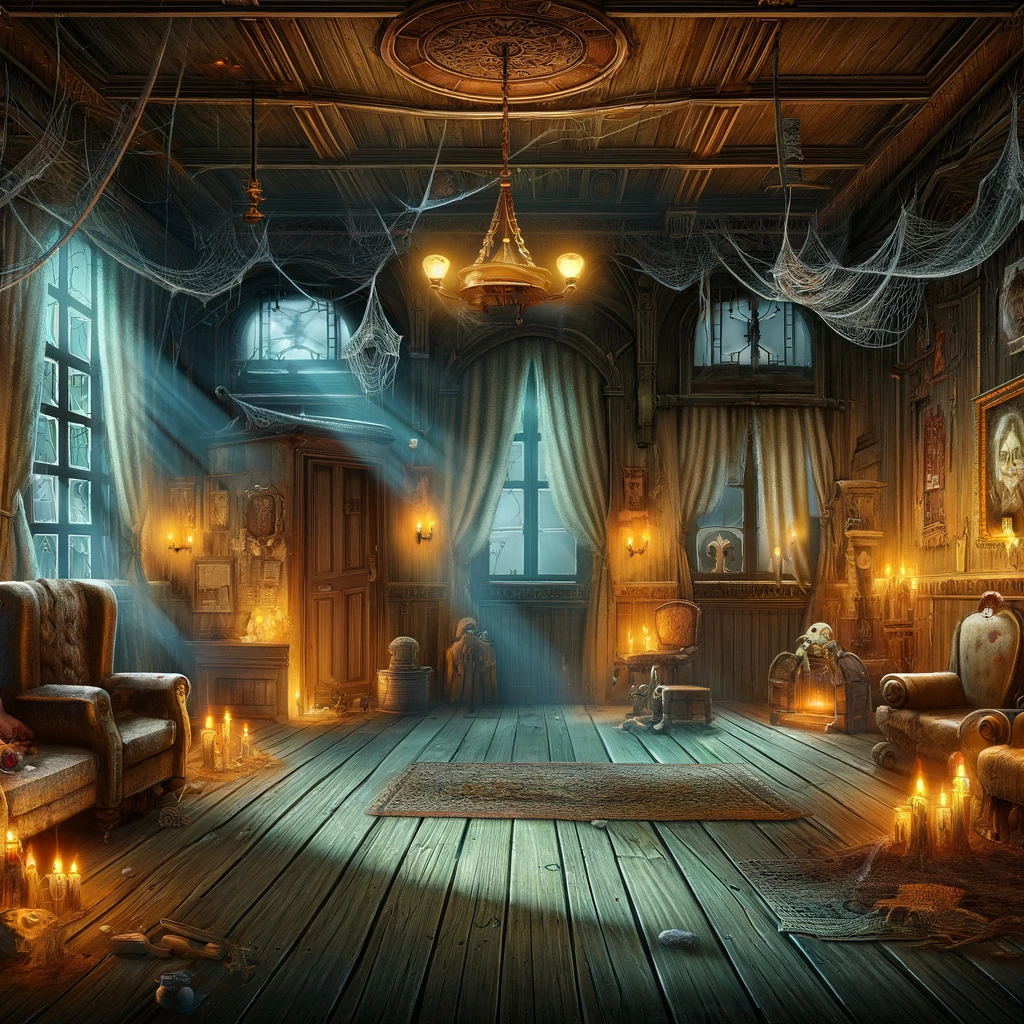
Crafting a Haunted House
Let’s consider designing a haunted house level as an example, as Nick did in his webinar. The process involves several steps:
Reference Gathering
Nick advised looking at other haunted house games, movies, and literature. Gather visual and mood references to inform your design.
List of Spaces
He then identified key spaces such as the entrance hall, library, ballroom, creepy corridors, bedrooms, and secret altars. Each space serves a specific purpose and contributes to the overall narrative.
Proximity Diagram
Create a diagram showing the relationships between these spaces. This helps in planning the flow and structure of the level.
Gameplay Considerations
Think about what players will do in each space. Nick mentioned that in the library, they might solve puzzles or find clues, while the ballroom could host a combat encounter.
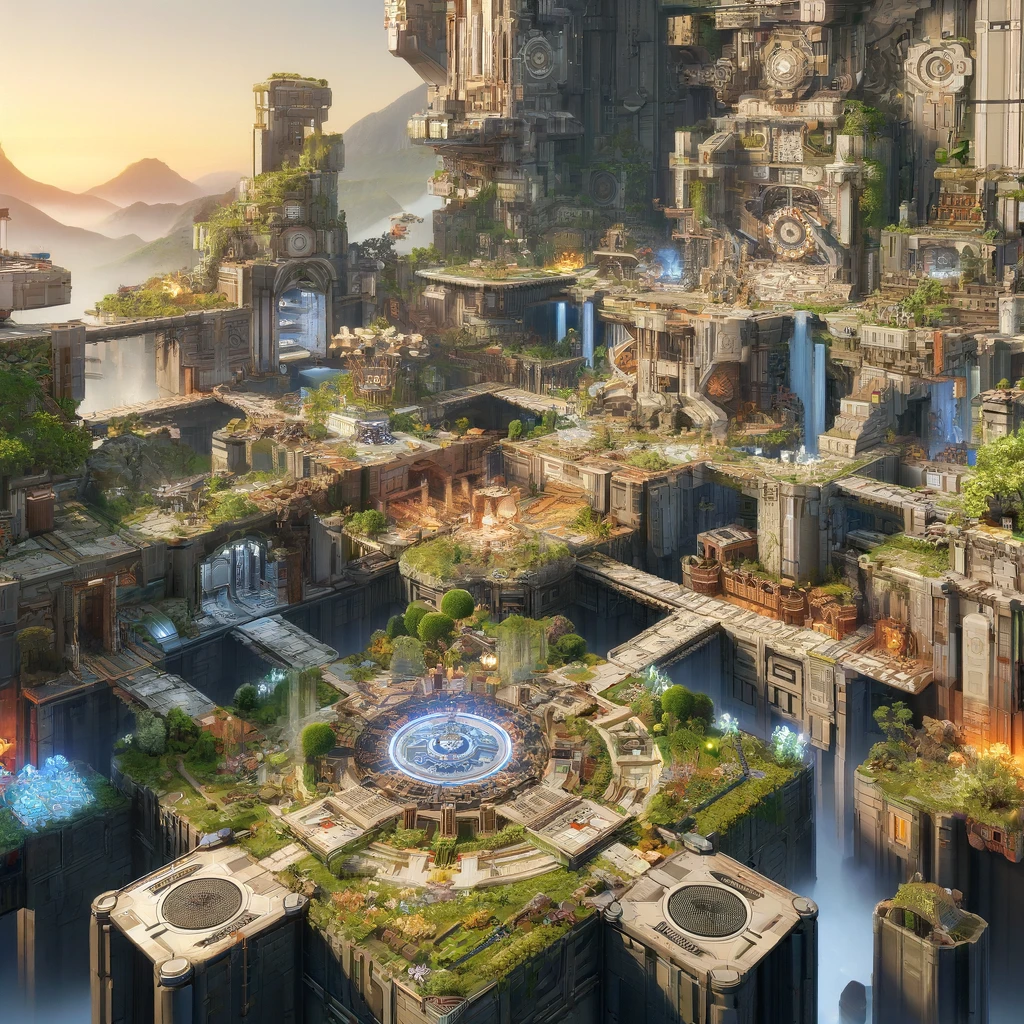
Practical Tips for Beginners
The webinar then discussed a series of practical tips for beginners:
Use of Tools
Nick recommended starting with simple tools such as paper, LEGO, or Minecraft to prototype your levels. For digital design, Unity and Unreal Engine offer robust tools for creating and testing level layouts.
Block-Outs
Nick emphasised beginning with basic shapes and structures to plan the physical space. Focus on the functionality and flow before adding detailed art and assets.
Iterate and Test
There is an importance to continuously testing your levels to gather feedback and make improvements. Playable prototypes are invaluable for identifying issues early and refining the design.
Conclusion
Effective level design is a blend of creativity, technical knowledge, and an understanding of player psychology. By starting with thorough preparation and iterative prototyping, designers can create engaging and immersive levels that enhance the overall gaming experience.
ARE YOU INTERESTED IN BECOMING A GAME DESIGNER, ARTIST OR DEVELOPER AT SCREEN AND FILM SCHOOL?
Sign up to one of our Open Days:
OPEN DAYS
Find out more information on our Creative Technology courses by clicking below:
